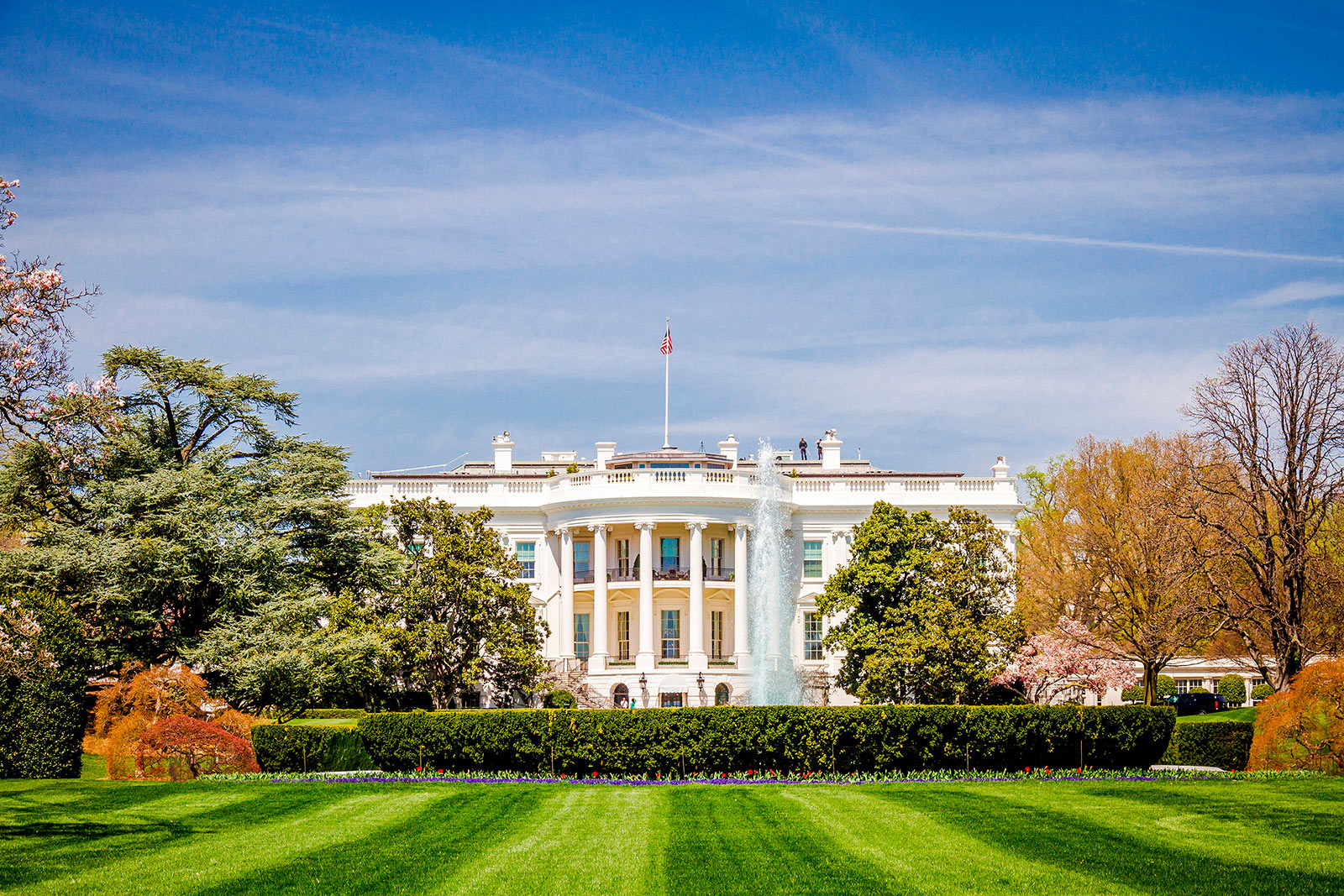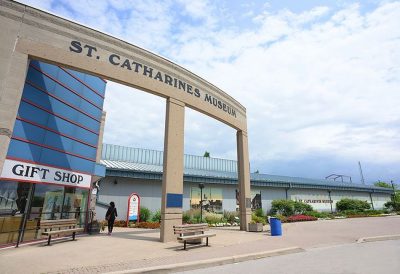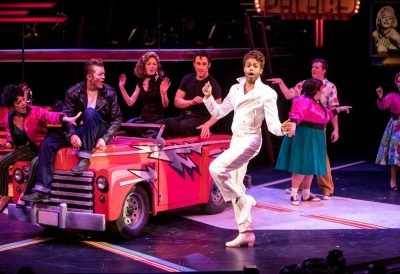Not only the capital of the country, Washington, D.C. is also home to the largest museum group in the world: the Smithsonian. A world center for science and aviation, it also boasts a wide variety of gardens and nature sites to bring science to life for any student. From the National Mall to the famous Smithsonian Museum, Washington, D.C. is the perfect location for any student looking to be inspired in STEM fields.
Museums & Zoos
No museum is more focused on inspiring kids to be creative and think critically than the KID Museum with its study-proven programs that integrate STEM, art and social responsibility to teach kids. Servicing 55,000 participants a year, KID Museum doesn’t have a litany of items to browse and discover. Instead, it offers a selection of hands-on programs where elementary to middle school students can go learn about topics such as design, engineering or coding and experiment with activities such as circuits and wind tubes. With their invention programs, students will go through the invention process from designing and developing an idea to prototyping and troubleshooting it.
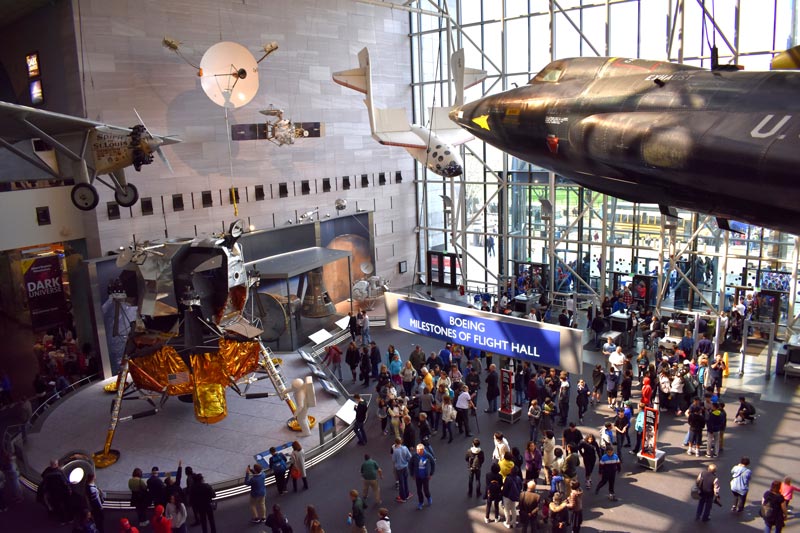
Credit: Destination DC
No school trip is complete without a visit to the National Air and Space Museum. Spouting a large collection of some of the most important space and aircraft in the history of the aviation, students experience the simplicity of Wilbur and Orville’s first aircraft and the complexity of the first Moon landing. The museum offers a variety of programs to educate students with Discovery Stations and Learning Labs to provide hands-on education. Students can gaze at the sun with a visit to the museum’s Phoebe Waterman Haas Public Observatory or even watch a live taping of STEM in 30, a webcast broadcast live throughout the nation to classrooms, with experts educating students on topics ranging from hurricanes to spacesuits.
One of the few places on earth where students can see rare species and giant pandas, Smithsonian’s National Zoo is a must-visit location. With a plethora of schedulable programs students can participate in, daily programs throughout the park and guided tours, there’s no lack of educational opportunities. With over 2,000 animals and 300 different species in 14 different exhibits, students can find an animal that suits their fancy.
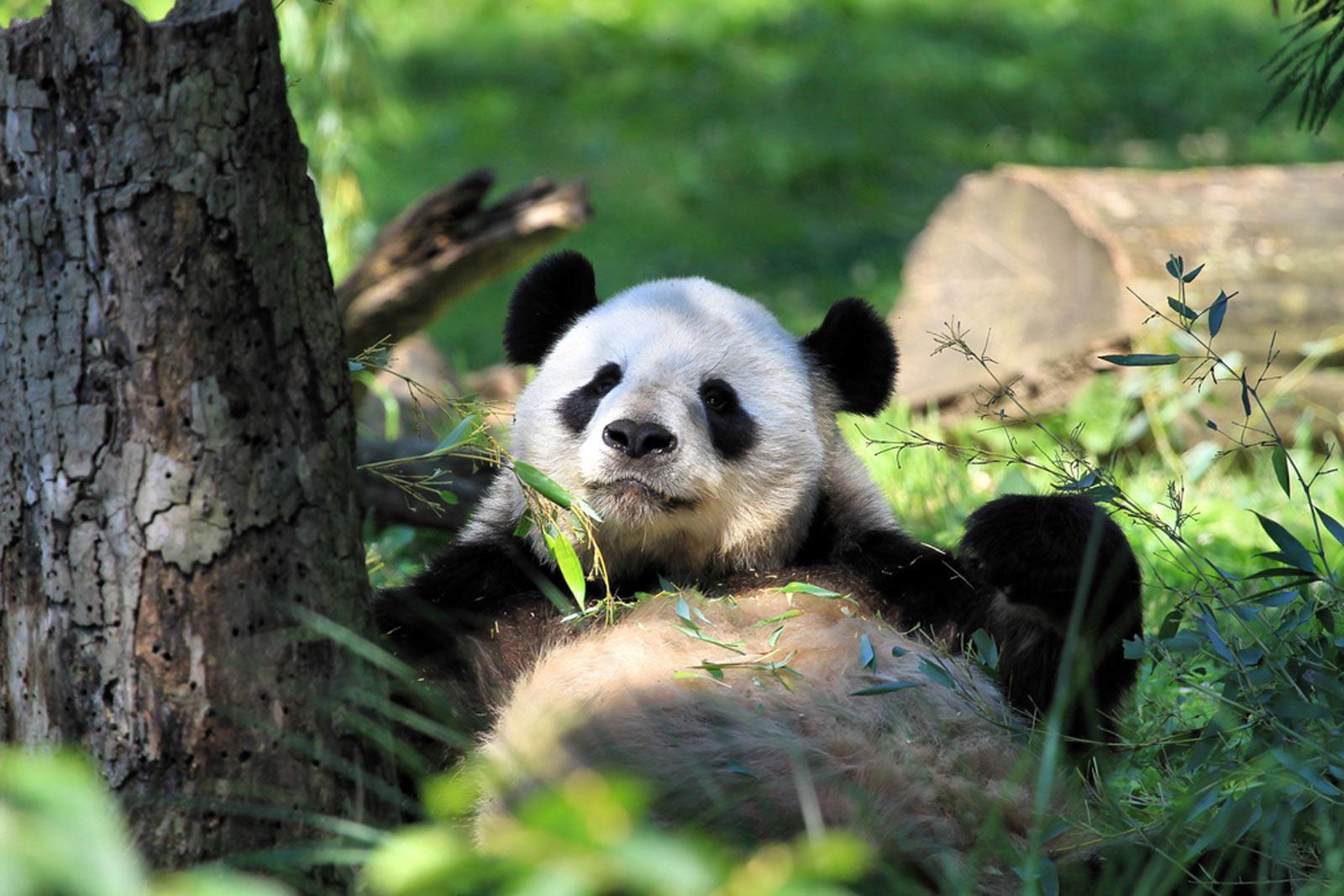
Credit: National Zoo
With exhibits like Lemur Island (featuring a fiberglass triceratops on top of lemurs), the Think Tank (designed to educated visitors on how the animals think and behavior in their environment) and the Amazonia (housing such animals as the freshwater stingray and the red-bellied piranha), the zoo offers students a chance to see and learn about animals from around the world for no cost of admission.
Universities & Academia
While named for after the country’s first president, George Washington University is focused solely on the future with its strong programs and both science and engineering. Students visiting the college have the chance to partake in a tour of the university’s school of engineering and science. During the tour, students will be taken through the school’s top-notch research labs and learn about the newest research and programs being done such as cancer-fighting plasma, data-privacy apps and more. All of this, coupled with the recent opening of their Center for Women in Engineering (with a mission to promote more diversity in the field) makes George Washington University a great visit for any STEM field trip.
Industry & Technology
At the forefront of innovative design and manufacturing methods, Local Motors welcomes all into its National Harbor location for tours of its 3D printing plant. Known for its 3D printed cars and co-community created car designs, the company offers a tour of its facility that includes a look at its massive 3D printer capable of building a car in two days. Students get a chance to design and digitally test their own car designs along the way. The tour ends with an opportunity to try out a mini-maker space. In the past, the company has also hosted a litany of events from designing and building Fidget Spinners to DIY cars and more.
Nature/Outdoor Activities
Breaking from stuffy museums and crowded zoos to enjoy nature is exactly what the National Arboretum offers students K-12 visiting the D.C. area. Sporting 446 acres of trees and gardens for students to explore, students get the chance to see the plant and bug life native to the D.C. area while enjoying some time in the sun. With a variety of different gardens, the National Arboretum allows for a variety of options, from day hikes to simple mid-day picnics. Guided tours are available for reservation, and pre-trip lesson plans are on their website to build students anticipation and help them get the most out of the experience.
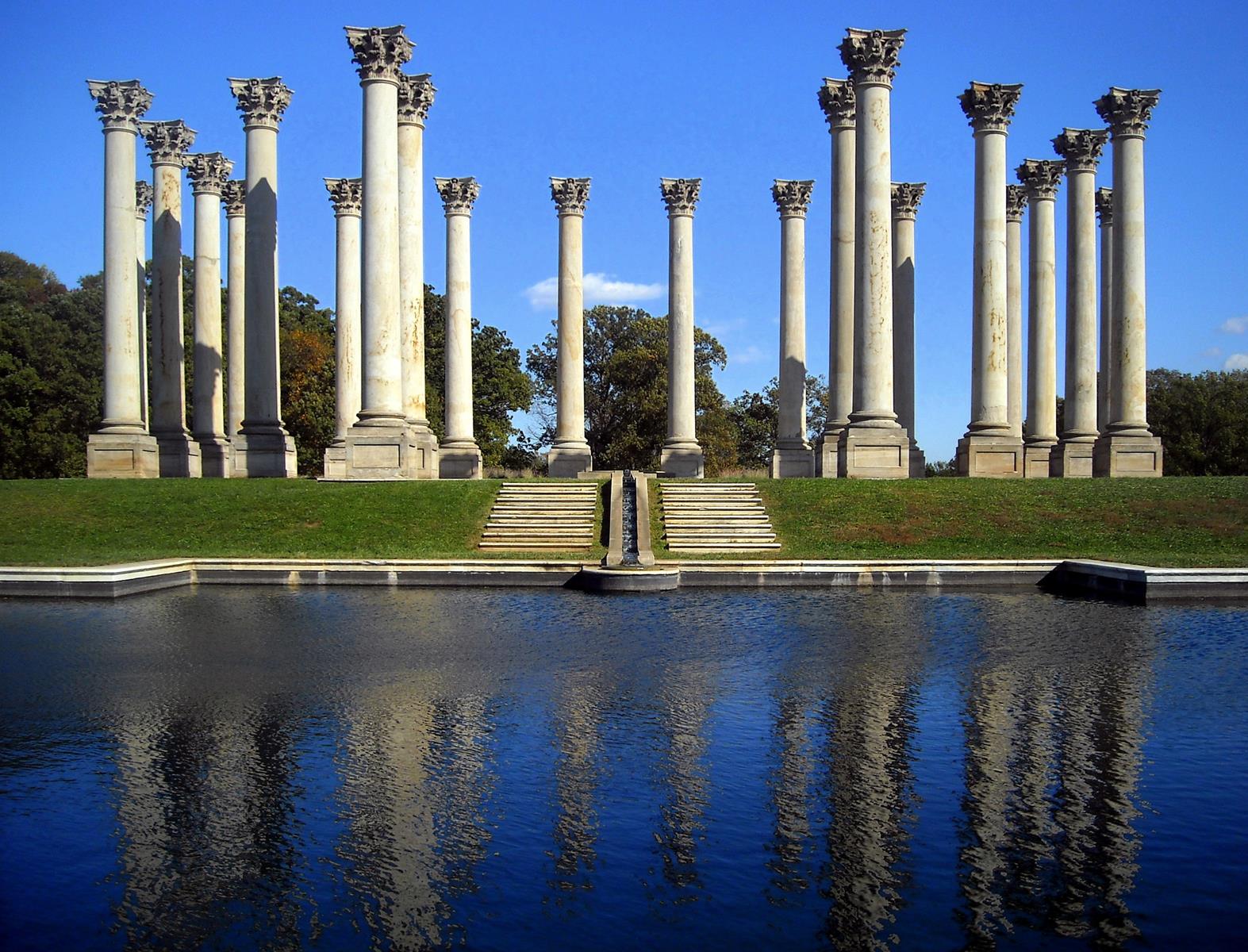
National Arboretum, Credit: Wikimedia Commons AgnosticPreachersKid
Located right off the national mall, the United States Botanical Gardens allows students an up-close look at the diversity of plant life from across the United States. The gardens host a number of opportunities for students to learn from experts about important topics like sustainability, pollination and plant conservation in 45-minutes classroom experiences hosted by expert educators trained to engage the students in critical thinking. Sporting large open spaces, the Botanical Gardens offer a great place to walk around in the sun or eat lunch, while the conservatory itself offers a number of self-guided tours where students can seek out and find different plants throughout the building.
Natural beauty abounds, and many learning opportunities can be found at the Kenilworth Park & Aquatic Gardens. Established in 1938 and home to 150 species of land plants (including the famous cherry blossoms) and 76 species of birds, the Kenilworth Park & Aquatic Gardens offers a nice educational refuge from the busy D.C city. Park rangers at the park offer tours of the gardens that educated students on the history and importance wetlands can have on the local ecosystem and provide a view of Maryland before urbanizations changed that landscape forever. Several pre-planned self-guided tours teach have students investigate the area and apply core concepts like tidal changes, water temperature differences and ecosystem interconnectivity they learned from the class.

